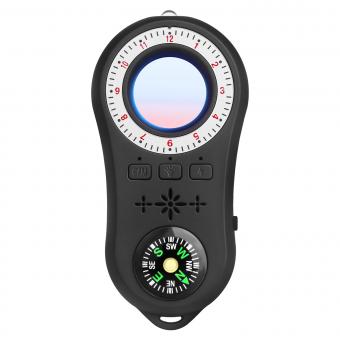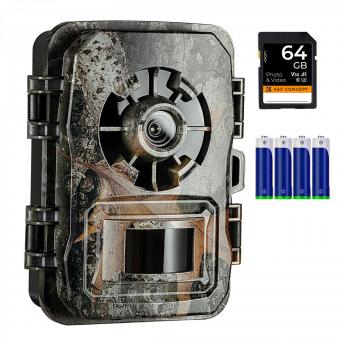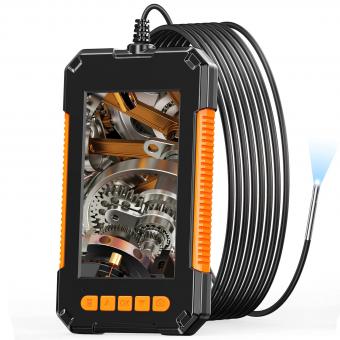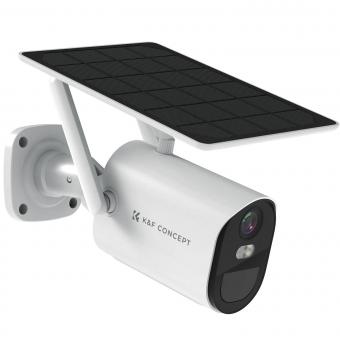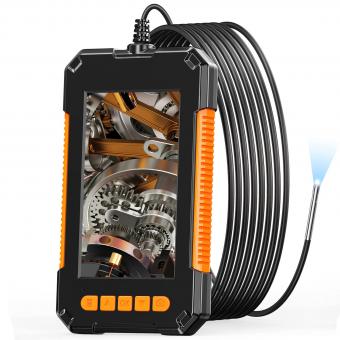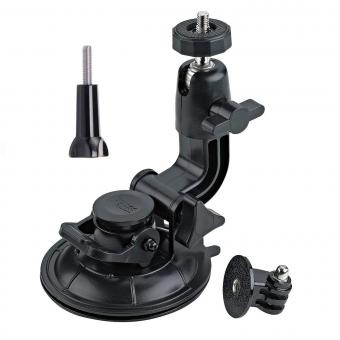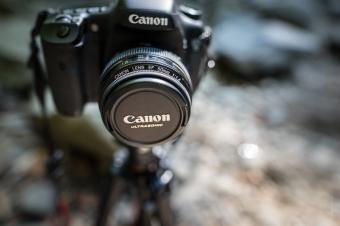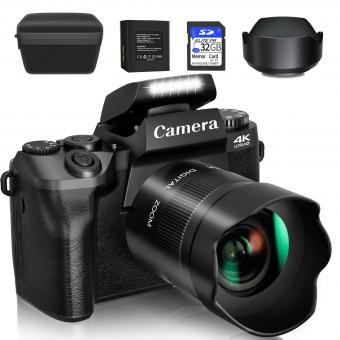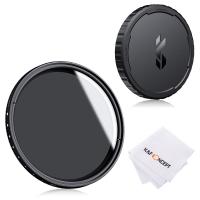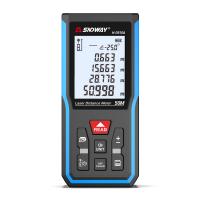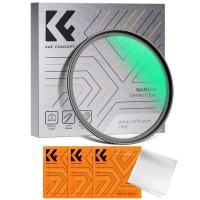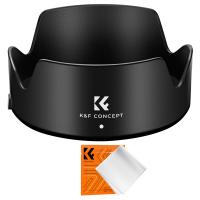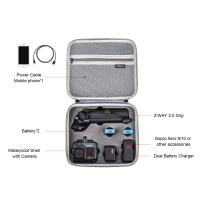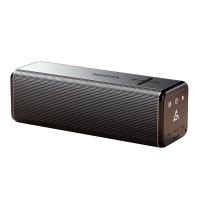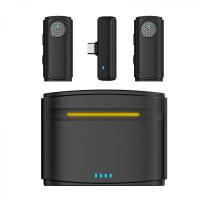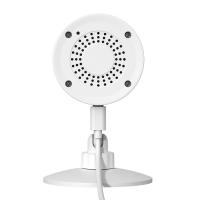How To Find Megapixels Of Camera?
Understanding the megapixels of a camera is crucial for both amateur and professional photographers. Megapixels, which stand for "million pixels," are a key factor in determining the resolution and quality of the images a camera can produce. This article will guide you through the process of finding the megapixels of a camera, explaining the importance of megapixels, and providing practical steps to identify them.
What Are Megapixels?

Before diving into the methods of finding the megapixels of a camera, it’s essential to understand what megapixels are. A pixel is the smallest unit of a digital image, and a megapixel equals one million pixels. The number of megapixels in a camera sensor determines the resolution of the images it can capture. Higher megapixels generally mean more detail and the ability to print larger photos without losing quality.
Why Are Megapixels Important?
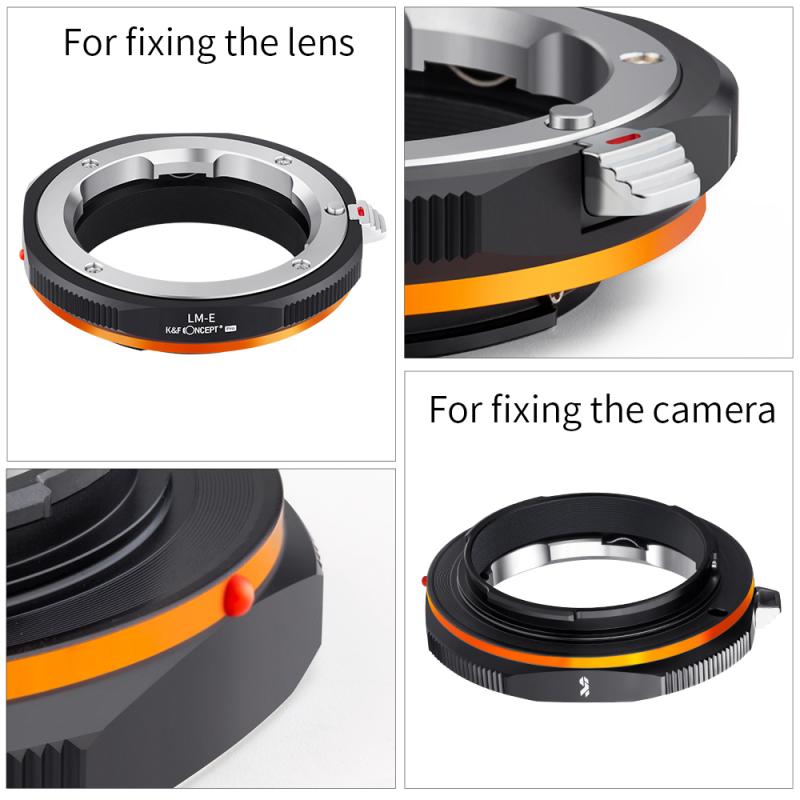
Megapixels are a significant factor in image quality, but they are not the only one. Here are some reasons why megapixels matter:
1. Image Detail: More megapixels mean more detail in your photos. This is particularly important for large prints or when cropping images.
2. Print Size: Higher megapixel counts allow for larger print sizes without losing image quality.
3. Zooming and Cropping: With more megapixels, you can crop your images more aggressively without sacrificing quality.
4. Future-Proofing: Higher resolution images are more adaptable to future display technologies and editing needs.
How to Find the Megapixels of a Camera
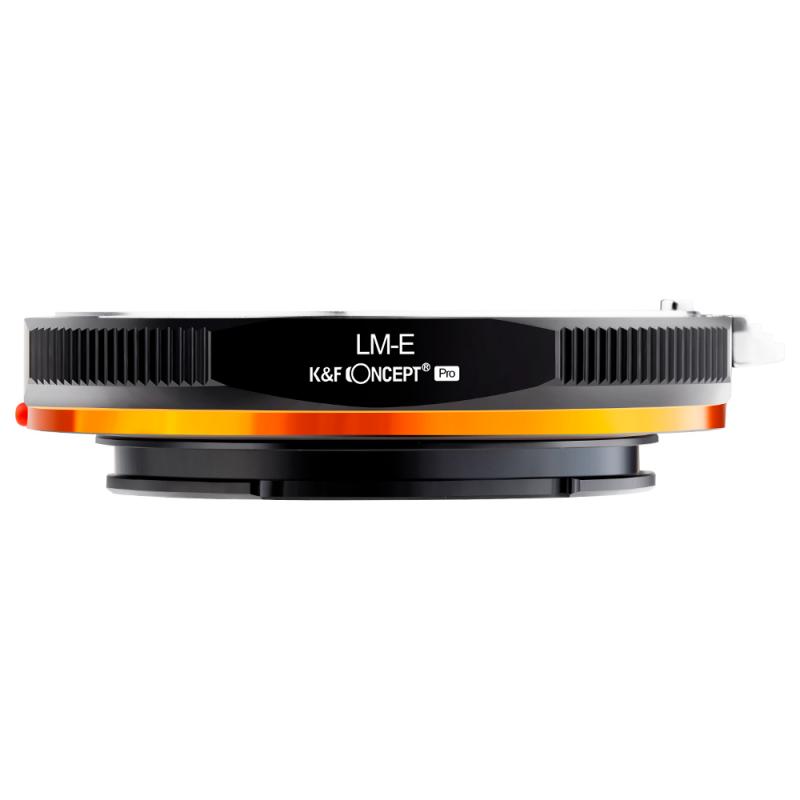
There are several ways to determine the megapixels of a camera. Here are the most common methods:
1. Check the Camera Specifications
The easiest way to find the megapixels of a camera is to check the camera’s specifications. This information is usually available in the user manual, on the manufacturer’s website, or on the camera itself. Look for terms like "resolution," "image size," or "megapixels."
2. Calculate from Image Dimensions
If you have an image taken by the camera, you can calculate the megapixels by using the image dimensions. Here’s how:
- Open the image on your computer.
- Right-click on the image file and select "Properties" (Windows) or "Get Info" (Mac).
- Look for the dimensions of the image, usually listed as width x height (e.g., 4000 x 3000 pixels).
- Multiply the width by the height to get the total number of pixels.
- Divide the total number of pixels by one million to get the number of megapixels.
For example, an image with dimensions of 4000 x 3000 pixels has 12,000,000 pixels, or 12 megapixels.
3. Use Camera Settings
Many cameras allow you to view the resolution settings directly on the device. Navigate through the camera’s menu to find the image size or resolution settings. This will often display the number of megapixels.
4. Online Resources and Reviews
If you don’t have access to the camera or its manual, you can often find the megapixel count by searching online. Websites that review cameras or sell them usually list detailed specifications, including the megapixel count.
Practical Considerations
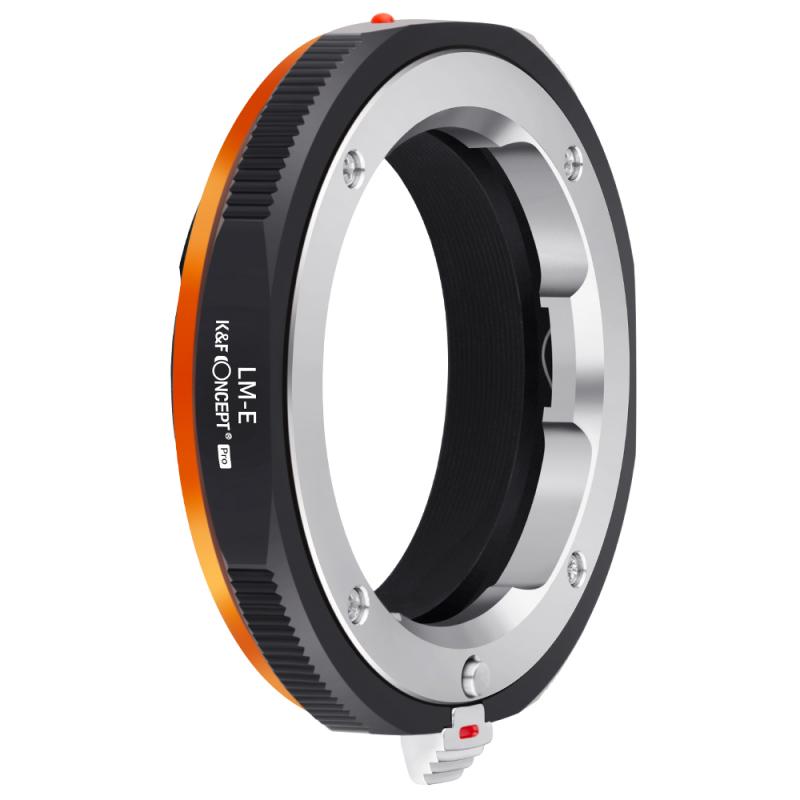
While knowing the megapixel count is important, it’s also essential to consider other factors that affect image quality:
1. Sensor Size: Larger sensors generally produce better images, even with the same number of megapixels.
2. Lens Quality: A high-quality lens can significantly improve image sharpness and clarity.
3. Image Processing: The camera’s image processing capabilities can affect the final image quality.
4. Lighting Conditions: Good lighting can make a significant difference in the quality of your photos.
Common Misconceptions About Megapixels
There are several misconceptions about megapixels that can lead to confusion:
1. More Megapixels Always Mean Better Quality: While more megapixels can provide more detail, they are not the only factor in image quality. Sensor size, lens quality, and image processing also play crucial roles.
2. Megapixels Are the Only Specification That Matters: Other specifications, such as ISO range, autofocus system, and frame rate, are also important depending on your photography needs.
3. All Megapixels Are Created Equal: The quality of the pixels can vary based on the sensor and technology used. For example, a 12-megapixel image from a high-end DSLR may look better than a 20-megapixel image from a smartphone.
Finding the megapixels of a camera is a straightforward process that can be done through various methods, including checking the camera specifications, calculating from image dimensions, using camera settings, or searching online resources. While megapixels are an important factor in determining image quality, they are not the only consideration. Sensor size, lens quality, and image processing also play significant roles in the final image output.
Understanding these aspects will help you make more informed decisions when choosing a camera or evaluating its performance. Whether you are an amateur photographer looking to upgrade your gear or a professional seeking to optimize your equipment, knowing how to find and interpret the megapixels of a camera is a valuable skill.


